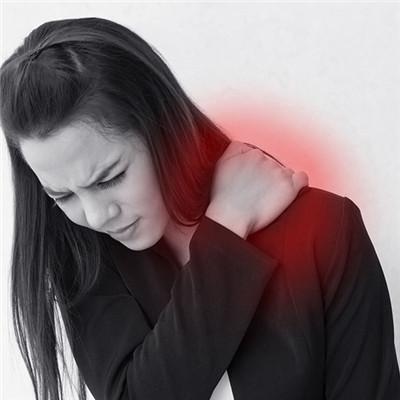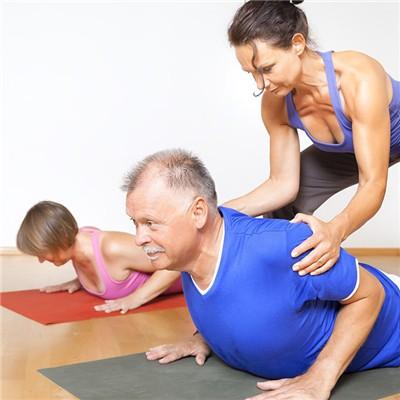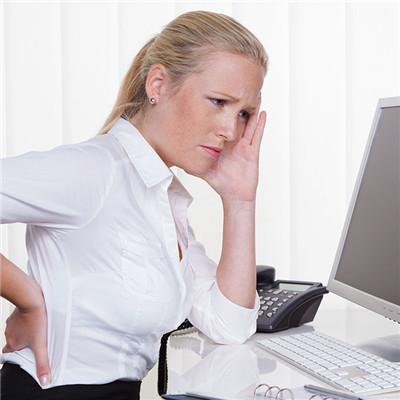Lumbar disc herniation?
summary
The incidence rate of lumbar disc herniation has gradually increased. Many people around me have had lumbar disc herniation. However, because of ignoring their harmfulness, many people just started to think that they were overworked and thought that they would be better after a few days' rest and missed the best time to treat. Let's look at the symptoms of lumbar disc herniation.
Lumbar disc herniation?
The main symptom of this disease is radiating pain in the sciatic nerve area of one side of the lower limb, which often appears when the low back pain disappears or alleviates. The pain starts from the buttocks, gradually radiates to the back of thighs and the outside of legs, and some can develop to the outside of dorsum of foot, heel or palm of foot, affecting standing and walking. If the protrusion is in the center, the symptoms of cauda equina will appear. If the protrusion is bilateral, the radiation may be bilateral or alternating.

Most patients have a history of low back pain for several weeks or months, or have a history of repeated low back pain attacks. The degree of low back pain is different, and it can affect turning over and sitting up. After the general rest symptoms, cough, sneezing or defecation when forced, can make the pain worse. This also belongs to one of the symptoms of lumbar disc herniation.
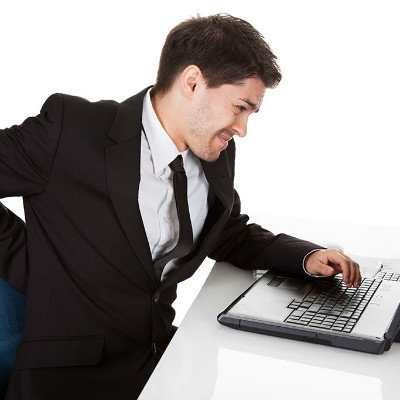
Tenderness and radiation pain. More than 80% of the patients have obvious tenderness points in the paravertebral space where the annulus fibrosus rupture occurs, and the pain will radiate to the affected lower limb, even to the heel and toe. More than 90% of the patients' tenderness points are located in the paravertebral space of 4-5 and 5-s1, which is one of the important means to determine the involved intervertebral space.
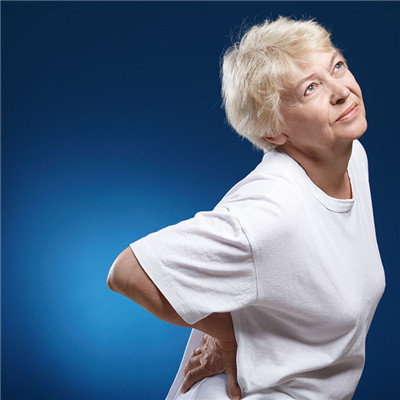
matters needing attention
After the onset of the disease should rest in bed for at least 1 week, generally in a hard bed is appropriate, supine position, can be a cushion under the waist to maintain the natural physiological curvature of the lumbar spine, so as to promote blood circulation, reduce pain. After 1 week, you can get out of bed and do some light activities. After 2 weeks, you can do some physical activities that don't need to bend down greatly according to your condition. After 3-4 weeks, you can return to normal activities, but you can't do heavy work or strenuous exercise.






